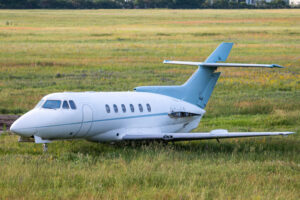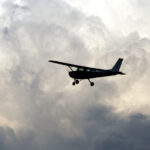FAA regulations for your aircraft tires may need extra steps added while you and your aircraft wait
Covid-19 is sending many aircraft into extended storage, raising concerns about tire safety. FAA regulations require tire inspections before each flight, but there are additional steps you can take to keep your tires airworthy during this shutdown. Dunlop Aircraft Tyres (Dunlop) recommends several procedures designed to preserve aircraft tires while we wait for our fleets to start flying again.
These recommendations are good for all tires, including those on the main and nose gear, as well as new and retreaded tires. Tire pressure should obviously be maintained at the level stated in the aircraft maintenance level, but I was surprised to learn that the pressure should be checked at least every 5 days while the aircraft is grounded. If one of the tires is found to be below 80% of its proper inflation pressure, it must be removed from the aircraft. Not only that, but its tire mate must also be removed. Sounds like a lot of work, which means it’s easier to keep checking the tires and keeping them properly inflated.
Another step to take is to rotate the tires by 90 degrees every 2 weeks to relieve flat spots. I remember very early in my flying career feeling the bump, bump, bump of a flat spot and seriously wondering what was wrong with the aircraft. The Captain said the tires were square from sitting so long and now I know he was only half joking. Dunlop advises flight crews to expect vibrations during taxi and takeoff because of these flat spots. The vibrations should diminish after the aircraft starts moving, but it’s not a bad thing to expect some bumps when you first get going.
Also know that if a tire is flat from sitting too long, it should not be re-inflated. Damage to its internal structure might have occurred and it must be checked out by maintenance. Finally, and this last thing is a no brainer due to the FAA regulations, before you move the aircraft to slip the surly bonds of earth, check one more time to ensure that all tires are at their proper inflation levels. Take care of your tires and they will take care of you!
RELATED CTS TRAINING









